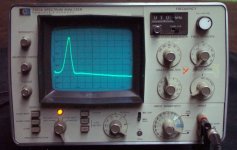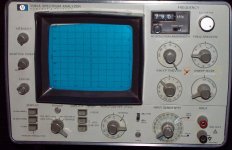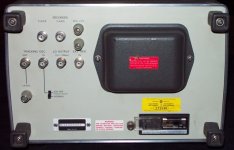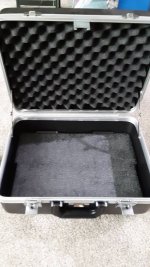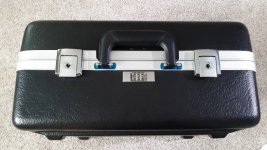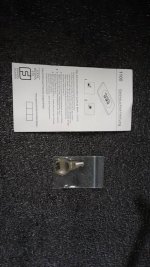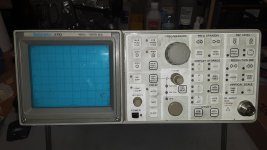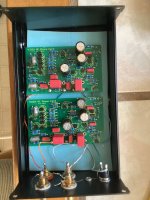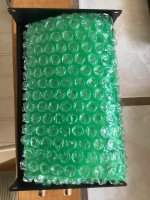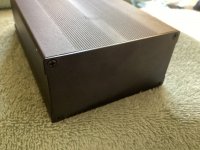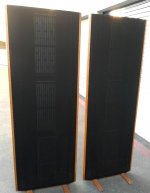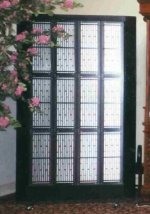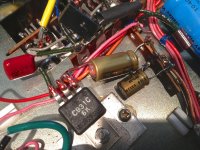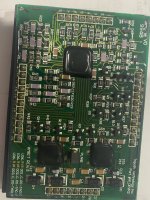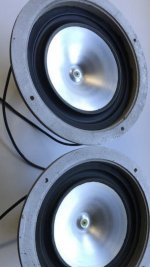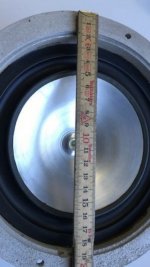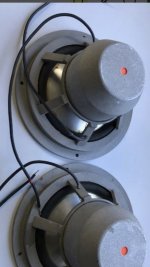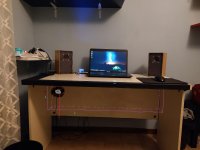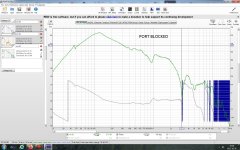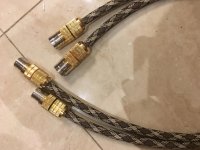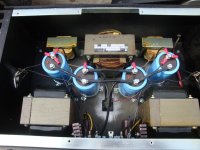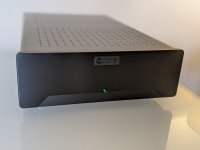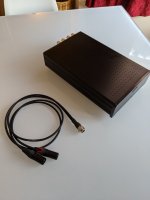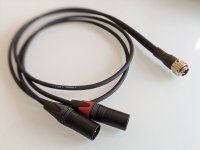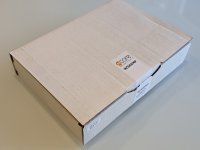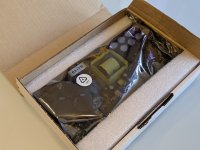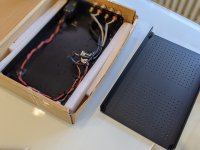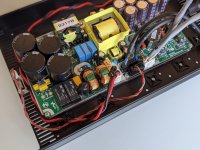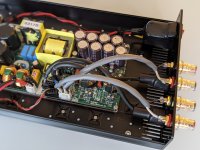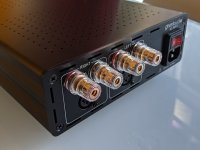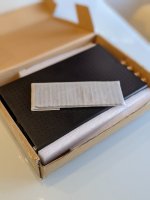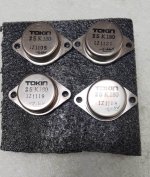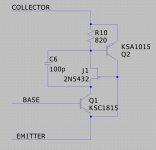Speaker Camp
June 25, 2022
Sebastopol, California
About 1½ hours north of San Francisco, site of 2012’s Amp Camp
The build:
Moth Full Range in SLOB Open Baffle with Eminence 15” bass as featured in the Pass Lounge at BAF*
*(The BOFU sealed cabinet build previewed last Fall at BAF is sidelined for now.)
Completely built and finished open baffle in cherry wood with black base
Note! - Full range driver will be a Moth, not the one shown in these photos
The build will include a bi-amped active crossover (thank you NP!) which means you will need 4 amplifier channels to drive the speakers.
An Amp Camp Amp or similar would drive the full rangers quite nicely
This is an easy build that can be done by a beginner. All woodworking and the finish are complete. Unfortunately, this build is likely too expensive for many younger beginners. We strongly encourage that campers bring novice family members and friends
to participate/observe in the process. Previous Amp and Speaker Camps had several attendees that
were in elementary, middle, and high school and everyone benefitted from their participation.
Plenty of space for car or tent camping the nights of June 24 and 25.
Price is $750/pr.
This is at cost or below, resulting from a great deal of support from Nelson Pass, who is planning to be in attendance at the camp.
This speaker and XO is his design, NOS full range drivers and cabinets.
28 spots available
Please indicate your interest by filling out this google form.
Details (please read!):
In the spirit of keeping things equally unfair to all, there will be a lottery to choose participants, drawing will take place April 10th.
If chosen, you will need to pay $750 by April 15, 2022 to keep your spot.
Spots that are unpaid after April 15 will be filled with other lottery participants, moving down the list so if you don’t initially get a spot, there is still hope.
Please only enter if you can attend in person. If you can’t make it to the camp for whatever reason, you will still be able to come collect the entire kit and take it home to build.
Sorry, no refunds.
Sorry, no shipping of kits. They must be taken away from the camp site after the build or picked up if for some reason you miss the build.
Car and tent camping at the site is fine the night before and the night following the camp. There is one bathroom out in the barn available for freshening up, otherwise try to be as boondocking-capable as you can.
Bring family and friends to observe or participate as appropriate. Any children in attendance will need supervision away from the build area.
The Moth full range driver is in a relatively small open baffle.
The downward facing Eminence bass driver is slot-loaded.
For best listening the speakers should be placed so the baffle is
at least three feet away from the wall (so 18" from the rear of the bass driver to the wall).
